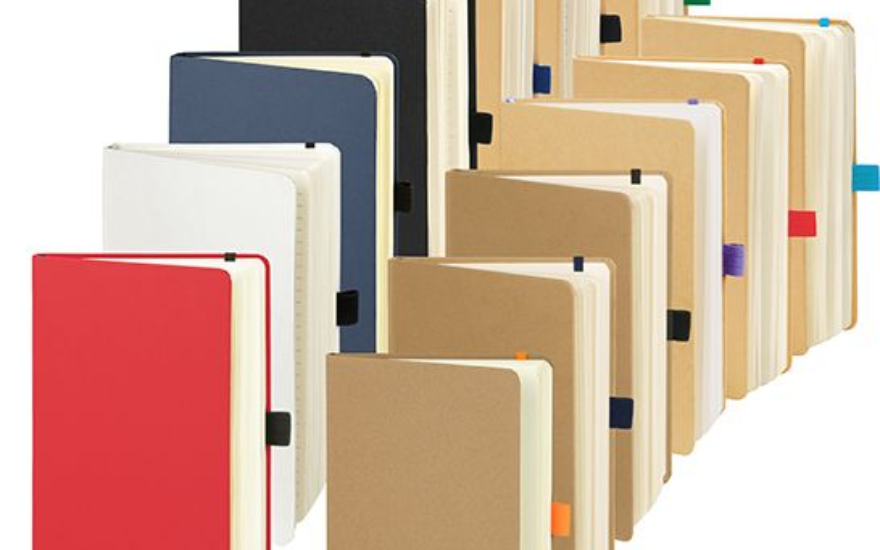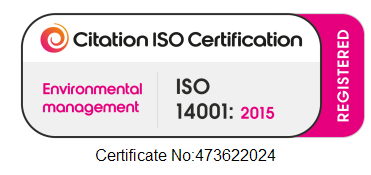Is Recycled Paper Good for the Environment?
Are you helping the world around you or hurting it?

There was a time – 30 years ago when 30% of landfill waste was made up of paper and cardboard. Today 78% of paper and paper products are recycled in the UK. [source]
The recycling of paper was driven by the desire not to cut down forests and also the ease with which it could be separated and recycled unlike some plastics. However as the paper industry points out it is wrong to say that paper production destroys the ‘rain forests’. Firstly, paper is not made from the predominantly hard wood trees of the rain forests. Paper is made from harvested sources which is increasing in size:
European Paper Forests have been growing by over 1,500 football pitches every day. [source]
The paper industry argues that virgin pulp paper is not the environmental evil it is portrayed as, and states the following facts:
- Paper is made from wood, a truly renewable and sustainable resource.
- Forest certification ensures wood comes from well-managed forests.
- Responsible wood, pulp and paper production ensures healthy growing forests.
- Between 2005 and 2015, European forests grew by an area the size of Switzerland according to the Global Forest Resources Assessment in 2015.
- In 2013, 74.7% of pulp delivered to paper and board mills in Europe was forest management certified by independent forest certification schemes, up from 71.1% in 2010 according to the 2013 CEPI Sustainability Report.
- The potential supply of certified forest products increased by about 30% between 2007 and 2013 according to UNECE.
How is Paper Recycled?
The process of waste paper recycling most often involves mixing used/old paper with water and chemicals to break it down. It is then chopped up and heated, which breaks it down further into strands of cellulose; the resulting mixture is called pulp, or slurry. It is strained through screens , which remove any glue or plastic (especially from plastic-coated paper) that may still be in the mixture then cleaned, de-inked, bleached, and mixed with water.
One of the criticisms of recycling paper is the need to de-ink and bleach if the end product is to be used as say white office paper. But if the resulting product is either brown corrugated or moulded pulp packaging then this does not have to be a major issue.
There is an argument made by The Economist that energy consumption is reduced by recycling – since virgin pulp requires more energy than recycled paper.
Certainly using recycled paper ensures that land fill sites do not grow.
From a promotional products point of view it is true to say that using recycled paper products projects the right message about the environment. It projects an image of caring. In many ways it is the feelings and emotions of the marketing message which is more important than trading industry statistics.
References
Food and Agriculture Organization of the United Nations (2015). Global Forest
Resources Assessment 2015: How are the World’s Forests Changing?
2nd Edition, Rome 2016 ( http://www.fao.org/3/a-i4793e.pdf
)
CEPI Sustainability Report (2013), European Paper Industry - Advancing the Bioeconomy, ( http://www.cepi.org/system/files/public/documents/publications/sustainability/2013/e-mail_sustainability%20report%202013_SHORT_pages_LOW.pdf
)
United Nations Economic Commission for Europe,Food and Agriculture Organization of the United Nations(2015). Forests in the ECE Region: Trends and Challenges in Achieving the Global Objectives on Forests
( https://www.unece.org/fileadmin/DAM/timber/publications/forests-in-the-ece-region.pdf
)
The Economist (9th June 2007, Case History: The Truth About Recycling
, Technology Quarterly ( https://www.economist.com/technology-quarterly/2007/06/09/the-truth-about-recycling
)





